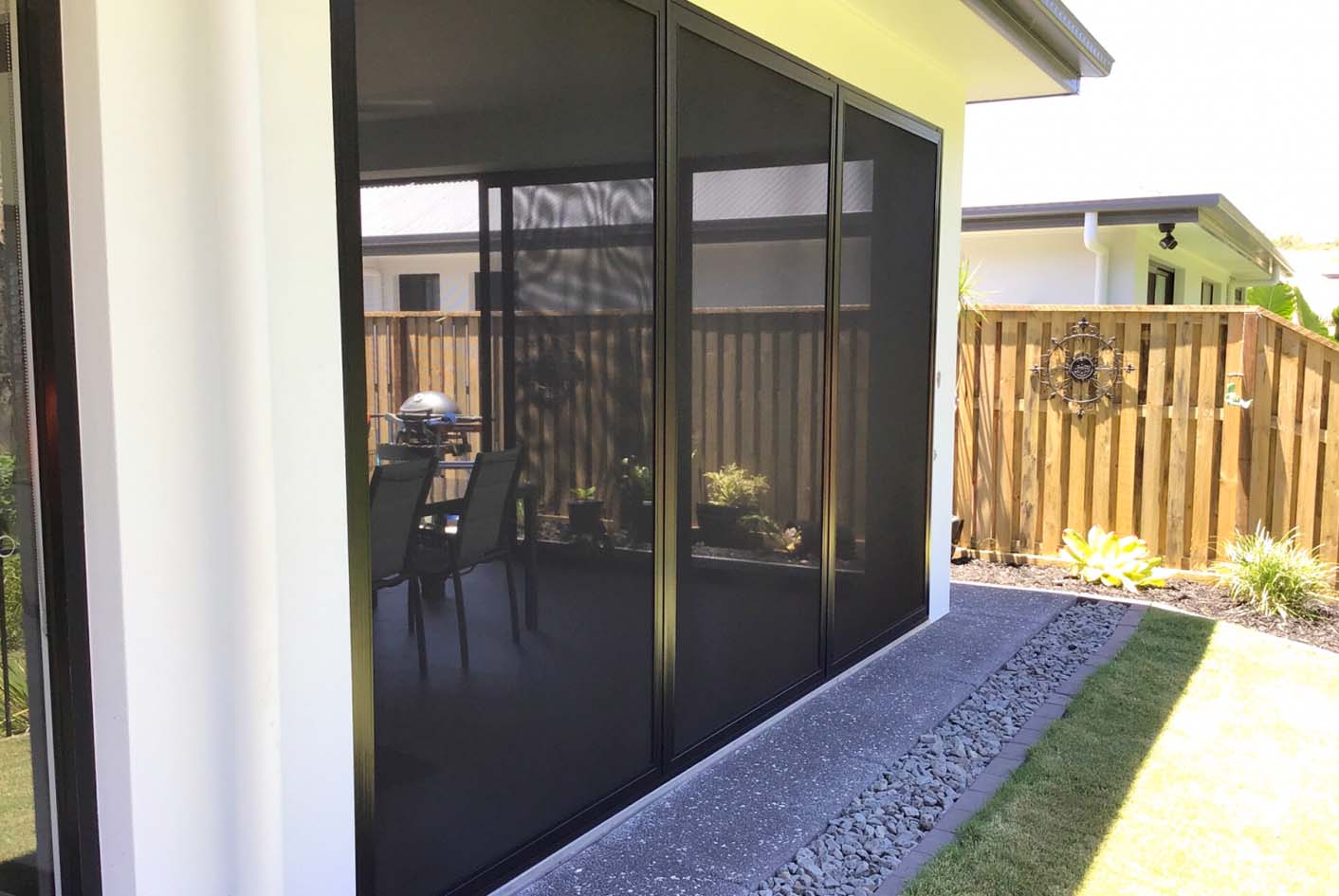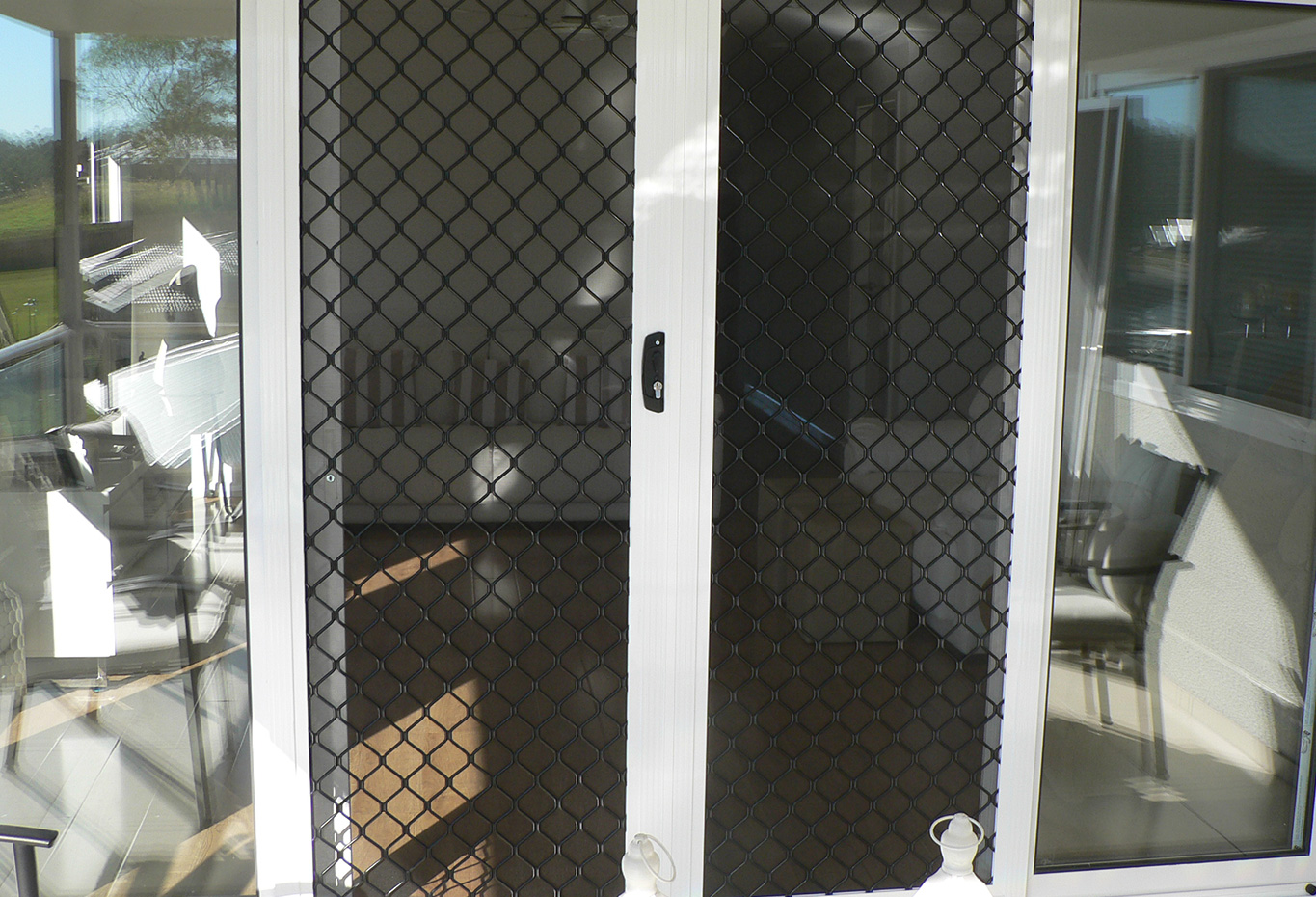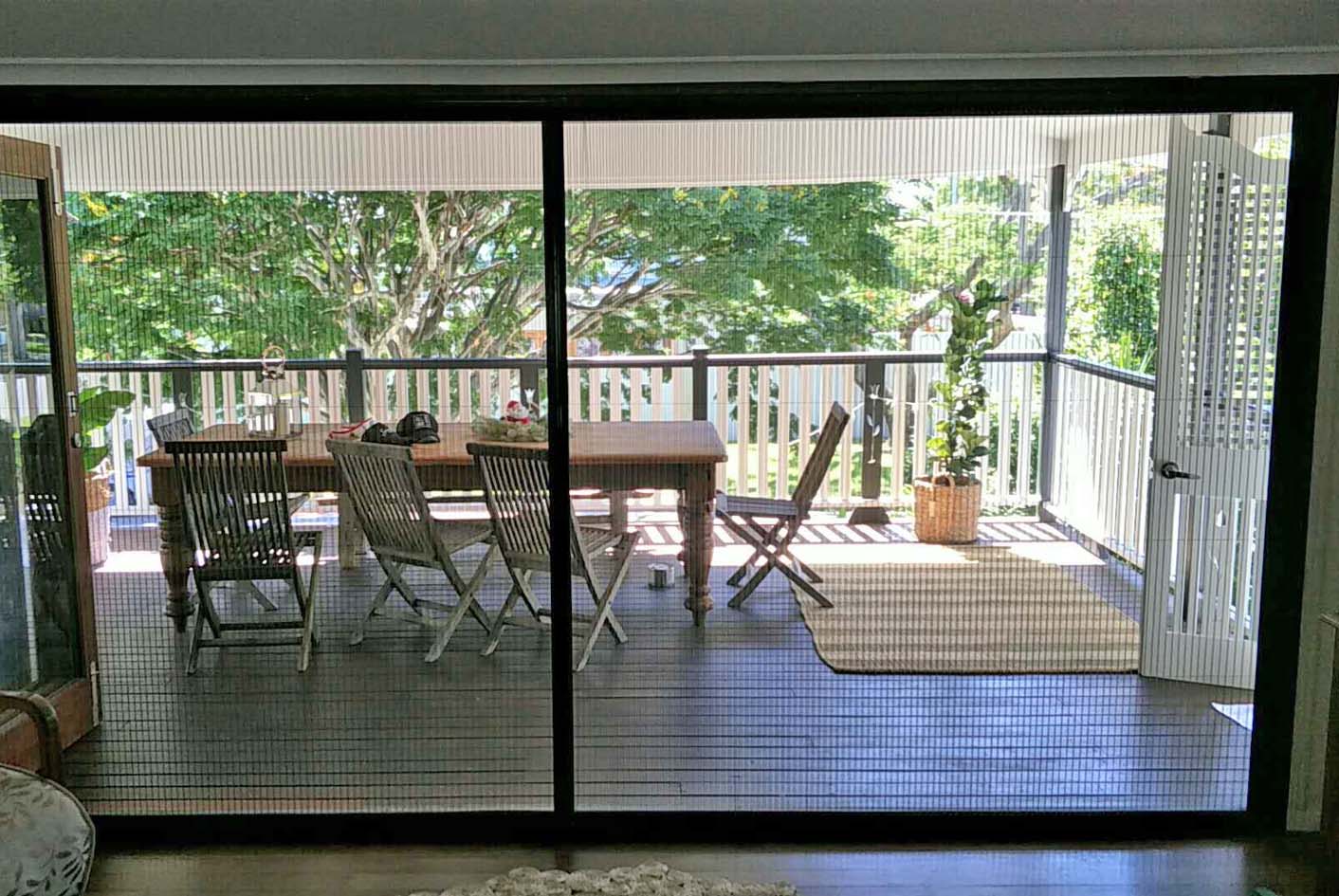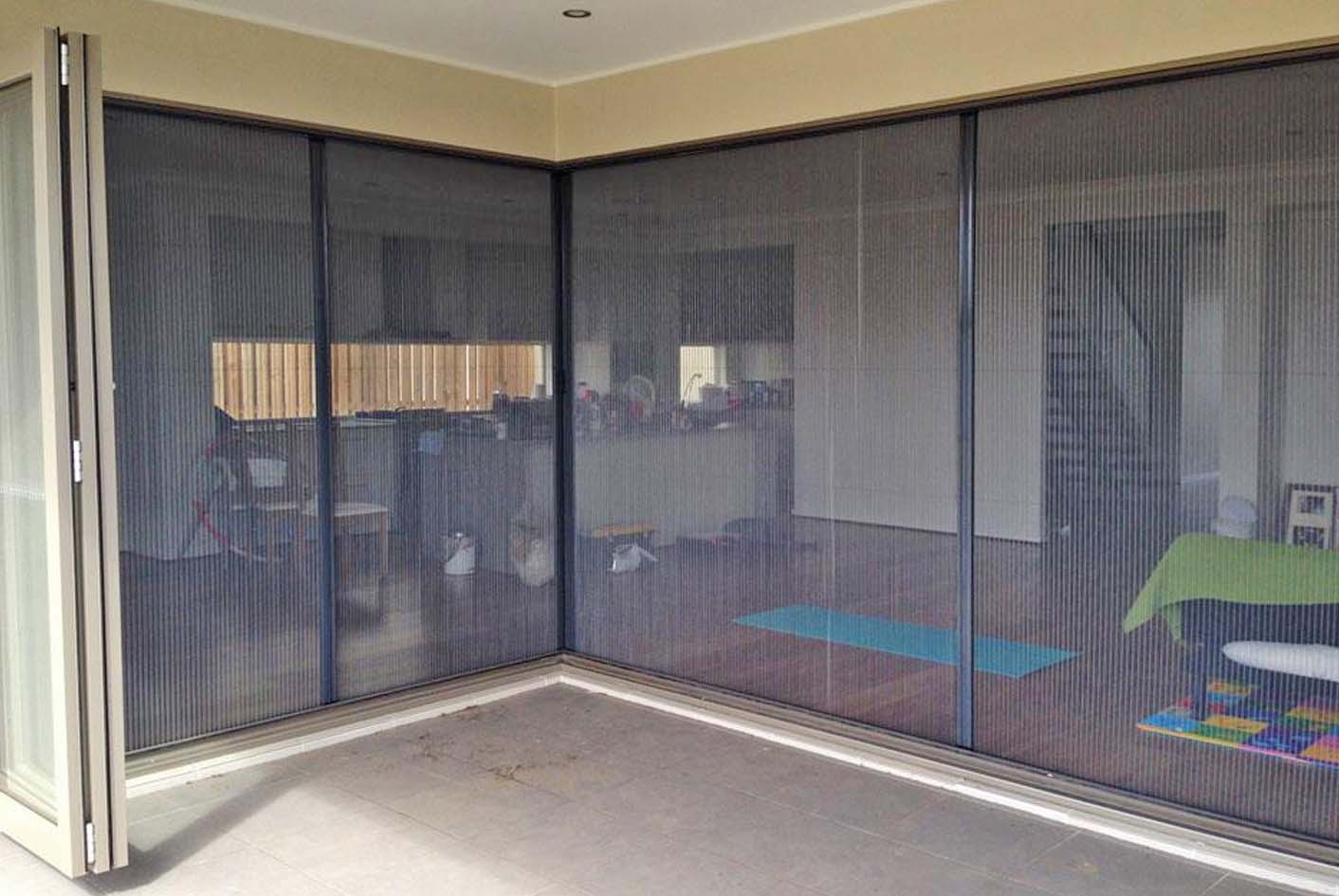Fly screens are fantastic for enjoying fresh air and natural light while keeping bugs outside where they belong, but if you’ve got a dog that loves to jump at the door when the postie arrives, or a cat who insists on perching by the window, you’ll know how easily those screens can take a beating. Claws, paws, teeth and even a determined headbutt can leave screens stretched, torn or completely pulled out of the frame. Fortunately, there are a few practical ways to prevent your fly screens from becoming the next casualty of your furry friend’s daily routine.
The Problem with Standard Mesh
Most fly screens are made using standard fibreglass mesh, which is great for airflow and visibility but not designed to hold up against animals. One excited leap or persistent scratch is all it takes to cause damage. And once there’s a small tear, it won’t take long for it to grow into something bigger, especially if your pet thinks it’s a new way outside. Replacing damaged mesh repeatedly isn’t just annoying, it can become a costly habit over time and that’s why the type of mesh you choose in the first place really matters when you live with pets.
Consider Upgrading to Pet-Resistant Mesh
If your pets are a bit rough with your screens, it’s worth looking into tougher materials made specifically for homes with animals. The Paw Proof insect mech is one such option and is a thicker and much more durable option over the traditional screen material. This is because they have been specifically designed to withstand clawing and pressure without tearing or stretching as easily, making it’s ideal for areas where your pets regularly hang out, like the back patio or kitchen door.
If you’re after something even stronger, security screen mesh is another great choice. Made from stainless steel or aluminium, these heavy duty meshes are virtually impossible for pets to damage. They also double as an added layer of protection for your home, so you get the bonus of better security and longer lasting screens in one hit.
Installing a Pet Door Could Save Your Screens
Another good way to keep your insect screens intact is by giving your pet their own way in and out. A pet door fitted into your screen lets your dog or cat go about their business without constantly pushing or scratching at the screen. There are different sizes available, and you can have them installed directly into screen doors, including barrier or security grille screens.
One other thing to keep in mind is that if you add a pet door to a security rated screen, it may no longer meet official security standards. That’s just something to consider if your main concern is home safety, but for most households, the convenience and reduced screen damage can outweigh that change.
Training Your Pets Can Make a Big Difference
If your pet is still a pup or kitten, now is the perfect time to teach them how to behave around screens. You don’t need to be a dog whisperer, simply just start with basic training to discourage jumping or scratching. Use positive reinforcement to reward good behaviour and try to redirect attention with toys or treats when they go near the screen. Even older pets can learn too, especially if you’re consistent with training. Over time, your dog will understand not to jump up every time they hear a knock at the door, and your cat might find a more suitable spot to watch the world go by.
Repairing Damage Early Can Save You Long Term Hassle
Even with the best mesh and well behaved pets, accidents still happen. And once a fly screen is torn or pulled out of its frame, it becomes less effective and more tempting for pets to poke at. The key is to act fast, and repairing a small tear is a lot easier and cheaper than replacing a whole panel or door. If you’re handy, mesh repair kits are available from most hardware stores. Otherwise, having your insect screens professionally repaired or replaced is a quick job that makes a big difference.




